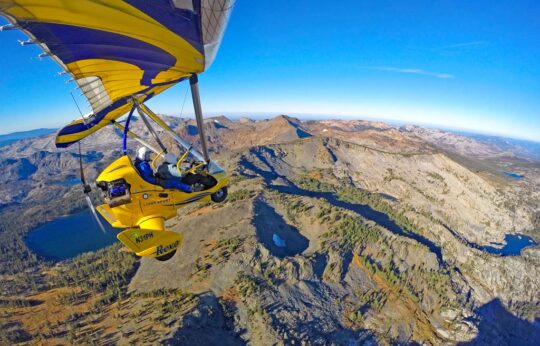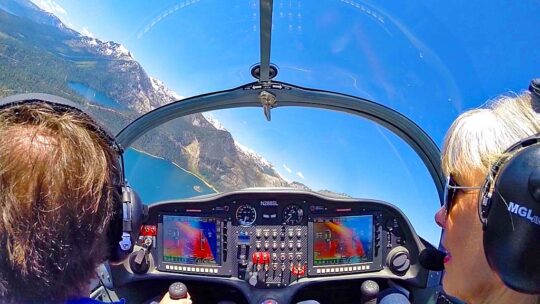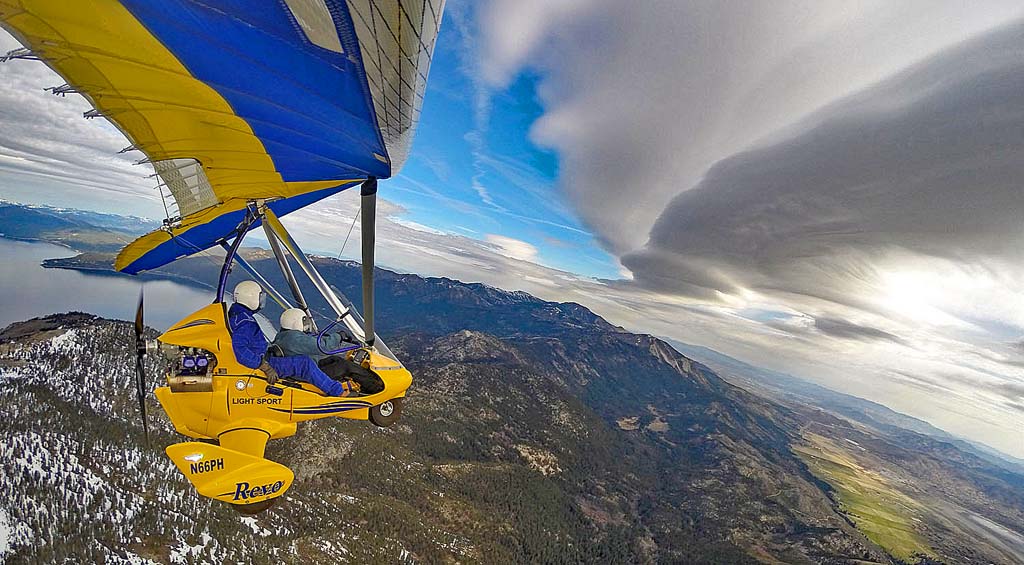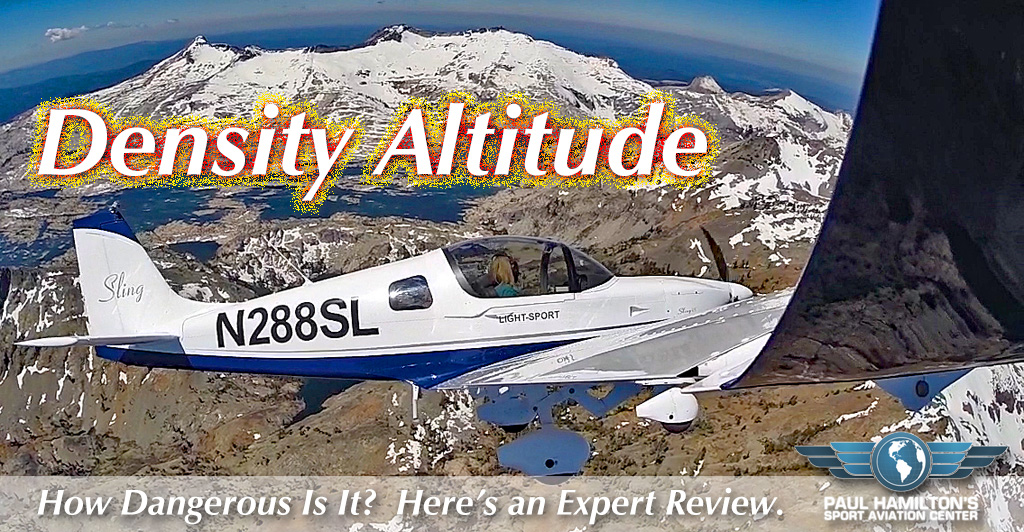
Normally, this website focuses tightly on airplanes and the equipment and services needed to keep them flying. However, on regular occasions, I receive questions about density altitude and light aircraft. A surprising number believe LSA perform less well than legacy airplanes in these conditions. (They’re wrong.) Since I also hear questions regarding techniques to fly in mountains, why not combine these two challenges? This information can be useful to anyone who flies any kind of aircraft anywhere in the world. To provide the best information, I went to an expert. I know a thing or two about airplanes but Paul Hamilton, founder of the Sport Aviation Center, is an expert trainer, not only writing and making videos on the subject for years but regularly providing flight instruction. Further demonstrating his versatility he does so in three-axis and weight shift. I asked Paul to compose a short lesson about density altitude and he quickly complied.


 Since I also hear questions regarding techniques to fly in mountains, why not combine these two challenges? This information can be useful to anyone who flies any kind of aircraft anywhere in the world.
To provide the best information, I went to an expert. I know a thing or two about airplanes but Paul Hamilton, founder of the
Since I also hear questions regarding techniques to fly in mountains, why not combine these two challenges? This information can be useful to anyone who flies any kind of aircraft anywhere in the world.
To provide the best information, I went to an expert. I know a thing or two about airplanes but Paul Hamilton, founder of the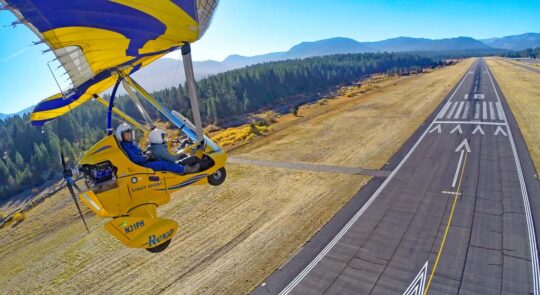
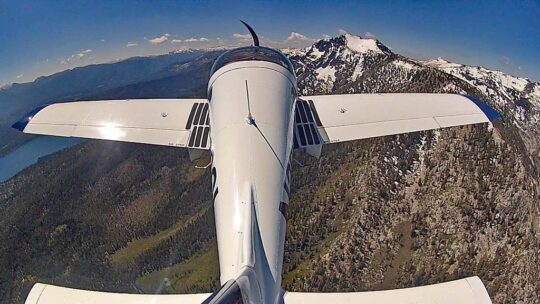
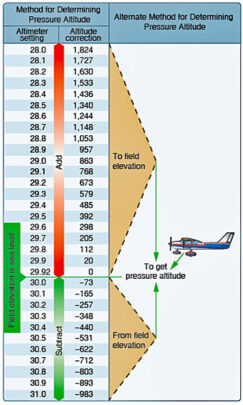
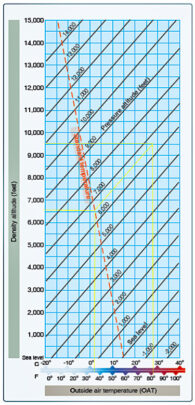
 The Koch Chart is the classic many use to determine performance and a well known standard. General aviation aircraft typically have great performance tables and graphs, but LSA and even more so, ultralights, may come with rather basic performance guidance so this Koch Chart is a great tool.
Let’s go back to my original example and use the rule of thumb
The Koch Chart is the classic many use to determine performance and a well known standard. General aviation aircraft typically have great performance tables and graphs, but LSA and even more so, ultralights, may come with rather basic performance guidance so this Koch Chart is a great tool.
Let’s go back to my original example and use the rule of thumb